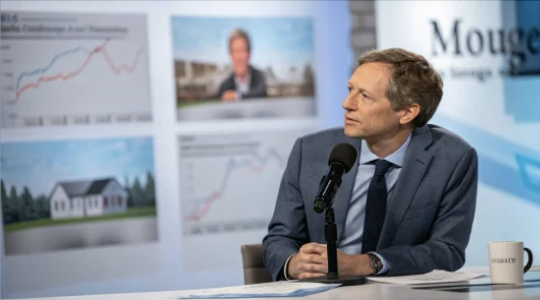President Trump’s recent interest in allowing more private assets into retirement funds has found direct lenders already positioned to capitalize on the potential opportunity. Industry players have been preparing for such a regulatory shift well in advance of the announcement.
Last week, news circulated that the Trump administration is looking to expand investment options for retirement accounts, potentially opening doors for alternative assets to flow into these traditionally conservative investment vehicles. This move could represent a significant shift in how Americans save for retirement.
Direct Lenders Positioned for New Opportunities
The largest direct lending firms appear to have anticipated this policy direction, having established frameworks and strategies to take advantage of any regulatory changes. These companies, which provide loans directly to businesses without bank intermediaries, see retirement funds as a massive pool of capital that could boost their lending capabilities.
Direct lenders have been building infrastructure and investment products specifically designed to meet the requirements of retirement accounts. This preparation includes creating investment vehicles that could satisfy both regulatory requirements and the risk profiles appropriate for retirement savings.
The timing aligns with the growth of private credit markets, which have expanded significantly as banks have pulled back from certain lending activities following the 2008 financial crisis and subsequent regulatory changes.
Potential Impact on Retirement Savings
If implemented, the policy change would allow retirement savers access to investment options previously available primarily to institutional investors and the wealthy. Private debt typically offers higher yields than traditional fixed-income investments, which could benefit savers in the current low-interest-rate environment.
However, these investments also come with additional risks:
- Less liquidity than publicly traded securities
- Higher fees compared to index funds and other passive investments
- More complex investment structures require greater financial literacy
Financial advisors note that while private assets might boost returns, they could also introduce volatility and complexity into retirement portfolios that many individual investors may not fully understand.
Regulatory Considerations
The Department of Labor, which regulates retirement plans under ERISA (Employee Retirement Income Security Act), would need to modify existing rules to facilitate greater private asset allocation in retirement accounts.
Current regulations emphasize liquidity, transparency, and fiduciary responsibility—areas where private debt investments have traditionally faced challenges. Any regulatory changes would need to address these concerns while maintaining protections for retirement savers.
Industry analysts point out that the administration would need to balance encouraging investment innovation with safeguarding retirement security. This balancing act represents a significant regulatory challenge.
The private lending market has matured substantially over the past decade,” said one industry expert familiar with the preparations. Many firms now have the scale and operational capabilities to serve retirement investors appropriately.
As the administration explores these changes, both proponents and critics are watching closely. Supporters argue that broadening investment options could help address the retirement savings gap facing many Americans. Critics worry that introducing more complex, higher-risk investments could jeopardize retirement security for less sophisticated investors.
With direct lenders already positioned for this potential market expansion, the industry appears poised to move quickly should regulatory changes materialize. The coming months will likely reveal more details about specific policy proposals and their potential implementation timeline.















